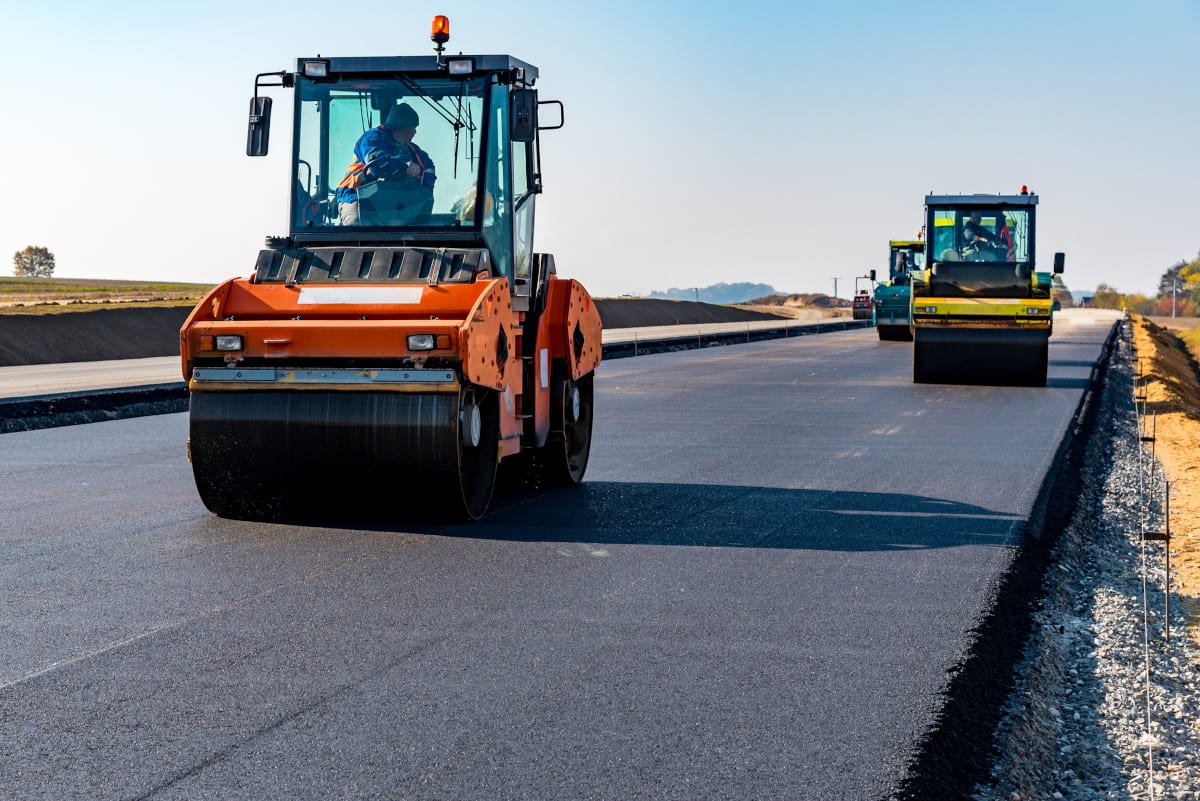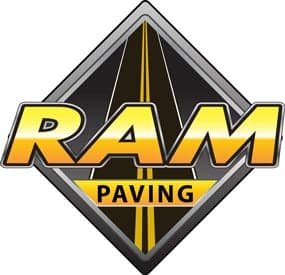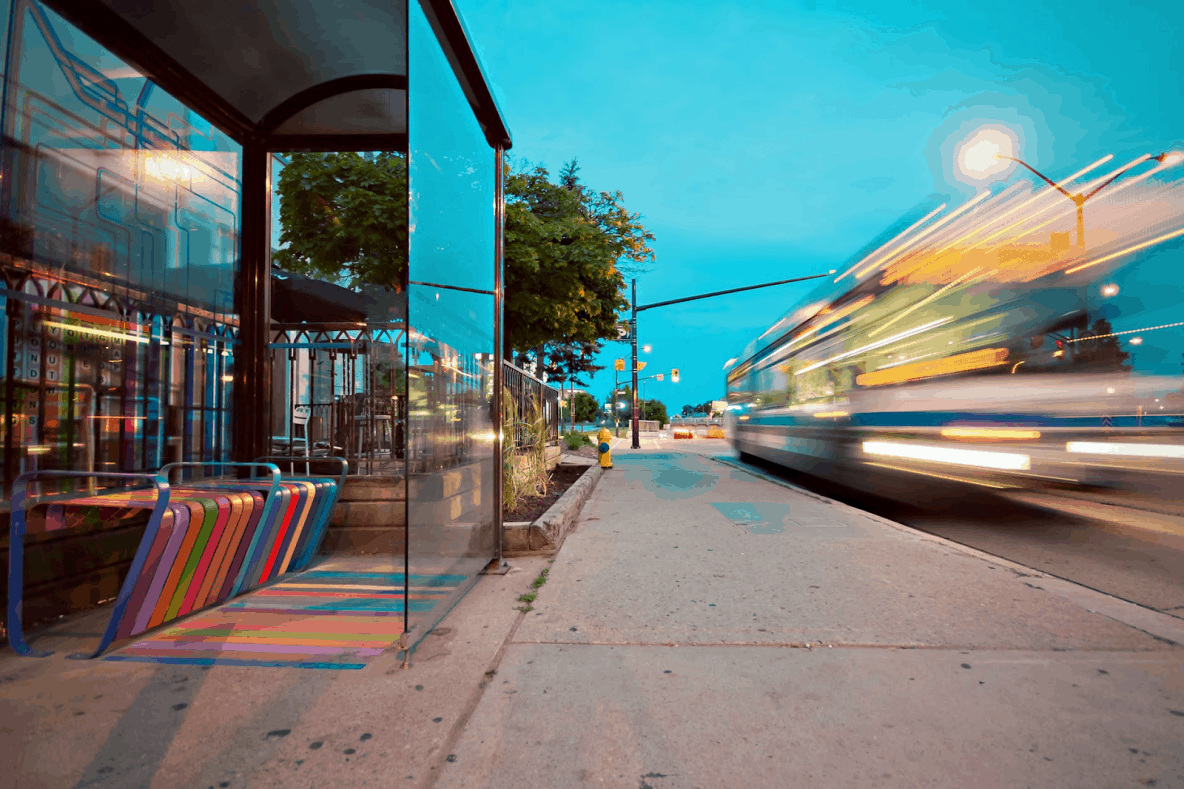Paving isn’t something most people think consciously about very often, but it plays an incredibly important role in our daily lives. Almost everybody uses concrete or asphalt surfaces to walk, drive, and park their vehicles. But what happens when this infrastructure starts to break down—and what can communities do to meet that challenge?
We’ve spent years paving surfaces of all kinds from Calgary to Edmonton, so we know a thing or two about how to make them last. Keep reading to learn more about how concrete and asphalt surfaces wear down over time, and how local governments can make paved surfaces last longer by scheduling careful maintenance.
Wear & Tear on Alberta’s Roads
According to Stats Canada, Alberta holds over 28% of all highways in Canada. That’s a lot of roads—but why are so many of them falling apart?
The Edmonton Journal reports that Alberta’s roads are some of the worst in the country, with more highways in “very poor condition” than any other Canadian province. Those cracks and potholes aren’t just eyesores—they can also damage vehicles and pose safety hazards to travelers.
Not Paying For Our Past Mistakes?
As with most infrastructure problems, the state of Alberta’s roads can largely be chalked up to the cost of fixing them. But it’s not just the cost of routine maintenance that governments need to worry about—at least, not anymore.
The sad fact is that much of Alberta’s public infrastructure needed mild to moderate work decades ago, during the 1990s and 2000s. But cities like Edmonton avoided spending the money to fix cracks or seal and repave surfaces during that period, and now they face much more expensive problems as a result of their negligence.
It’s gotten so bad that the Alberta Roadbuilders and Heavy Construction Association even launched a social media campaign to draw attention to the problem. They’re hoping to make local and provincial government officials recognize how much still has to be done, even going to far as to create the hashtag #AlbertaFixOurRoads.
Solutions For Alberta’s Streets & Sidewalks
Even if the current public outcry prompts much needed investment in Alberta’s infrastructure, there’s still the question of how to spend money on the province’s paved surfaces effectively. Fortunately, people who have worked in the industry for years (including us) have some ideas on where to start—and how to avoid repeating previous errors.
Should You Consider Concrete?
Most public roads and other paved surfaces are made from asphalt, which is cheaper than high quality concrete. Good concrete paving can cost up to $18 per square foot, whereas asphalt is rarely more than $13.
It’s true that asphalt usually doesn’t last as long as concrete, which is why concrete is still the material of choice for most sidewalks in North America. However, asphalt roads can easily last 15-20 years with regular resealing, and the immediate savings are a good enough incentive for most communities to use it. The trick is making sure asphalt surfaces are properly maintained.
Reseal Every 2-3 Years
It’s vital to preserve asphalt roads by resealing them every 2-3 years. This process helps prevent cracking and breaking that could otherwise penetrate deep into the surface and compromise its integrity.
Fortunately, asphalt resealing is much cheaper than resurfacing or replacing a damaged surface. Standard costs run from about $0.12-$0.18 per square foot for this kind of work.
Make Resurfacing a Priority
Anyone responsible for a paved surface—from city governments to residential driveway owners—should understand the importance of resurfacing. Using appropriate resurfacing techniques at appropriate intervals can extend the lifespan of a road, sidewalk, or driveway considerably.
Here’s a quick breakdown of when to use three common resurfacing techniques:
- Overlay: this method involves adding a new layer of asphalt onto the surface, which can preserve it’s lifespan for 15-18 years. However, this method is only effective for roads with cracks that have not extended deep beneath the surface.
- Hot-in-place resurfacing: this method involves heating and reprocessing a surface’s existing asphalt on-site, adding new asphalt mix during the process. Most hot-in-place resurfacing uses 20% RAP, and can extend the lifespan of the surface for 8 to 12 years if the original asphalt is in good enough condition. However, the asphalt binder must be sufficiently soft for this method to be effective.
- Mill and fill: this method may be used if a paved surface has deteriorated to the point where cracks and other defects have traveled below the surface, but the underlying layers can still bear vehicle loads. It is performed by grinding off any damaged asphalt, then replacing them with fresh asphalt and allowing them to cool. Mill and fill projects can extend a surface’s lifespan by 15-18 years.
In general, resurfacing a road costs anywhere from $3-$7 per square foot. However, mill and fill projects must also account for the cost of grinding off damaged asphalt, which adds at least $1-$2 per square foot to the total price tag.
Replace What Can’t Be Resurfaced—ASAP
Resurfacing a paved surface isn’t always possible when the underlying layers have been damaged. For roads or driveways that are in considerable disrepair, the only option may be to replace them entirely.
Replacing an asphalt surface usually costs $8-$15 per square foot, so it’s cheaper to reseal and resurface regularly instead. Defer those jobs for too long, and your community or property will wind up with the same problem currently affecting Alberta as a whole.
A Little Work Now Prevents a Lot More Later
Routine maintenance of paved surfaces isn’t exactly glamourous, but then again, neither are potholes or giant sunken slabs of road. If you’re responsible for any paved surface—from a public roadway to a residential driveway or even a simple sidewalk—make sure you’re investing the time and money to care for it properly with the help of trustworthy professionals.


